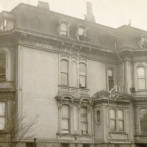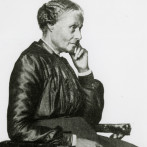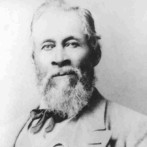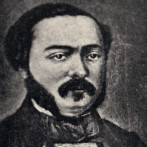Mary Pleasant House
This is the Thomas Bell house on Octavia Street where Mary Pleasant lived between1860 and 1870 as a housekeeper to Thomas Bell and his wife. Prior to living with the Bell’s Mary was considered by some one of San Francisco’s most notorious madam. In addition, she continued to provide financial support to both individuals and organizations for specific community needs. She is known today as the Mother of Civil Rights for her efforts to secure the rights of San Francisco’s black citizens to enjoy equal access to the pubic railroad transportation system. After Charlotte Brown won her case against the Omnibus Rail Company, Mary Pleasant in 1868 sued the rail company on behalf of black citizens and won. This case protected the rights of African Americans to ride the public rail system. It is believed that on April 14, 1858, Mary Pleasant provided housing for Archy Lee when he was declared a free man. According to historians, Mary Pleasant provided funds for Archy’s defense. (Courtesy of SAN FRANCISCO HISTORY CENTER, SAN FRANCISCO PUBLIC...
Read More



